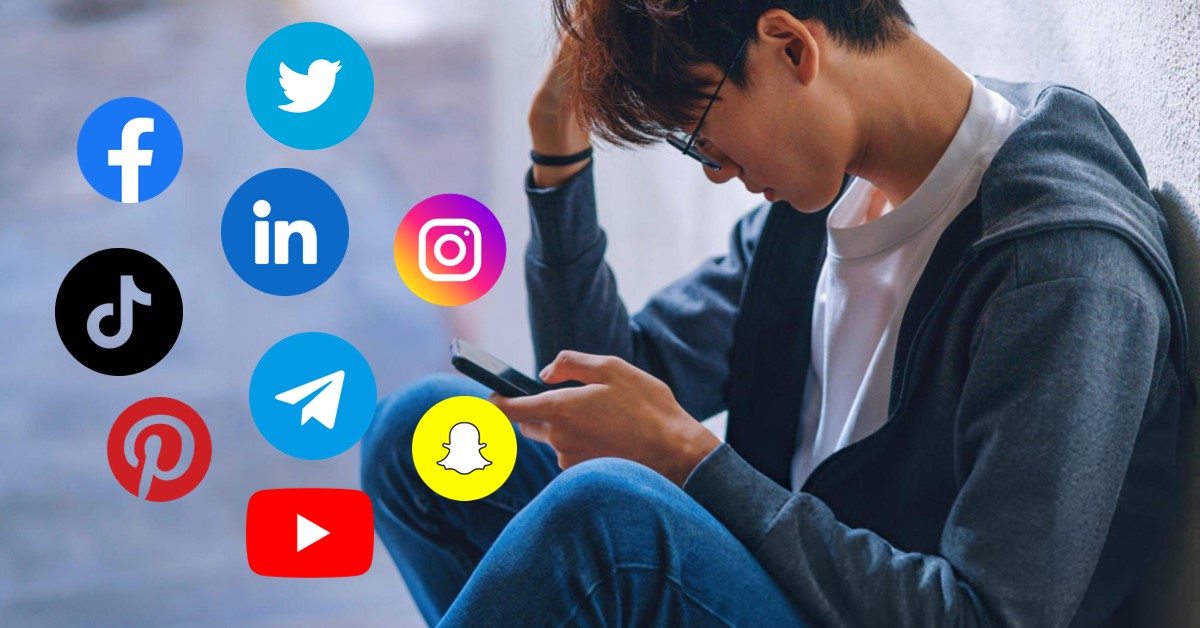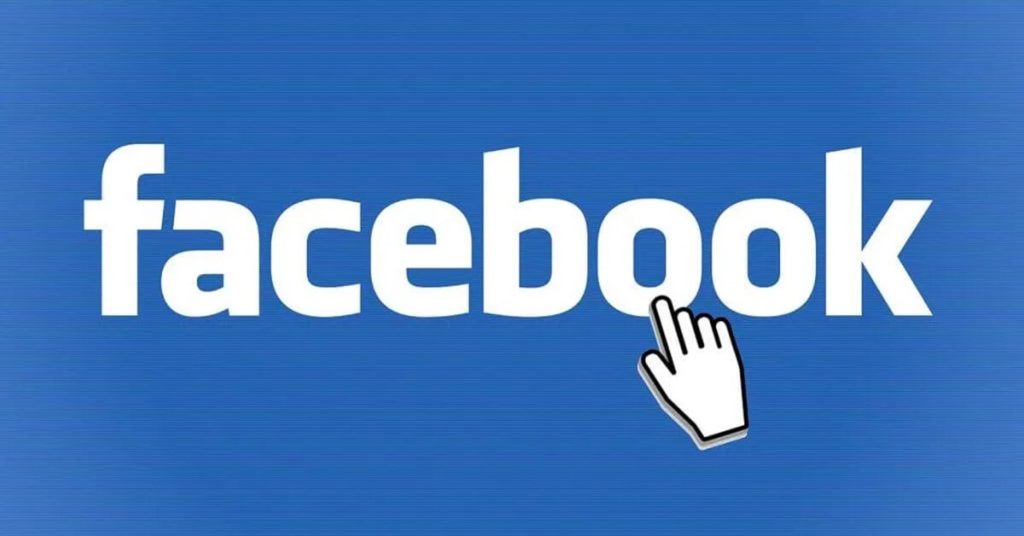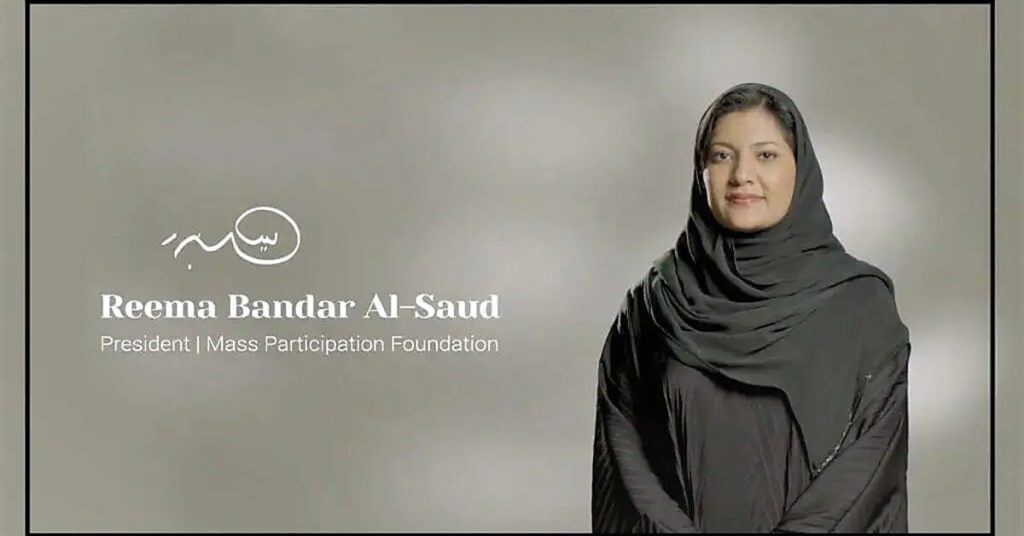Social media and mental health is one of the greatest concerns of the time when more than half of the total population of the world is connected through social media platforms. More and more the topic resurfaces as an issue of debate among various sections of people.
In 2022, approximately 3.96 billion people were actively using social media worldwide, reflecting its unparalleled influence on communication, behavior, and societal trends.
The seven most popular platforms—Facebook, YouTube, WhatsApp, Instagram, TikTok, WeChat, and Facebook Messenger—collectively dominated the global digital landscape, with billions of users engaging in content sharing, networking, and digital interactions.
Facebook led the space with over 3 billion users, while YouTube followed closely with nearly 2.5 billion. WhatsApp and Instagram, both under Meta’s ecosystem, each attracted 2 billion users, solidifying the conglomerate’s dominance. Meanwhile, TikTok’s rapid rise saw it nearly 2 billion users, making it a key player in content creation and digital trends.
In China, WeChat’s multi-functional platform amassed 1.3 billion users, serving as both a social and commercial hub. Lastly, Facebook Messenger, with nearly 1 billion users, reinforced the role of instant messaging in modern communication. The staggering scale of these platforms underscores how social media has become an invisible yet omnipresent force shaping public perception, digital behavior, and societal norms in an increasingly connected world.
In today’s world, social media is no longer just a technological tool for communication; it has become a cultural force, shaping how we relate to one another, express ourselves, and even understand our own identities. The rapid evolution of this medium fascinates me—not only as a means of connection but also as a mirror reflecting the complexities of our social fabric. I often find myself thinking about how profoundly social media trends impact the way we live and interact, both as individuals and as a society.
Emerging Platforms: The Rise of New Spaces
What interests me most about the world of social media is its constant state of flux. As one platform reaches its peak, another emerges, often challenging the previous norms of interaction. Consider how Instagram seemed untouchable for visual content, only to see TikTok redefine short-form videos and revolutionize how we consume media.
Now, platforms like BeReal, a French social media application, and Clubhouse, a social audio application for iOS, introduce newer dimensions to social interaction—one focusing on authenticity, the other on real-time audio conversations.
The emergence of these platforms suggests a deeper human yearning, not just for connection but for different types of connection. BeReal’s popularity, for instance, hints at a widespread fatigue with the performative aspects of more traditional social media spaces.
According to recent data, TikTok now boasts nearly 2 billion downloads, while Clubhouse peaked at 10 million weekly users shortly after its release. The numbers speak to an important shift—people are not just looking for spaces to share content, but for more intimate, real-time interactions.
This opens up an intriguing question: are these trends indicative of a lasting shift in how we want to portray ourselves, or are they fleeting responses to societal pressures, such as the performative nature of more traditional platforms like Instagram and Facebook?
Viralism: The Culture of Imitation
Who can forget the ice bucket challenge? Or more recently, the “Renegade” dance craze on TikTok? Viral challenges seem to possess an almost magnetic pull, gathering millions of participants within days.
This phenomenon fascinates me because it combines two very human impulses—the desire to belong and the desire to stand out, where social human connection and belongingness plays a vital part, according to psychology.
The imitation involved in viral challenges reflects a communal spirit. There’s an odd sense of unity in knowing that thousands, if not millions, of people across the globe are participating in the same action. Yet, within this space of imitation, there is also room for creativity. Variations, personal touches, and innovations on these challenges often propel them further into the digital zeitgeist.
It’s estimated that the ALS Ice Bucket Challenge alone raised $115 million in 2014, showing how a viral moment can have real-world impact far beyond entertainment. The TikTok “Renegade” challenge saw over 29.7 million uses of the song in videos, further proving how widespread these phenomena can become.
This tension between conformity and individuality is, to me, one of the defining features of our time. But what do viral challenges say about us as a culture? On the one hand, they represent an exciting form of collective participation, something that gives our fragmented digital lives a semblance of shared experience.
On the other, they can trivialize serious issues, reducing complex matters to hashtags and fleeting moments of attention. I find myself grappling with this paradox whenever a new challenge appears on my feed.
Influencer Culture: The New Celebrity
In an era dominated by digital connectivity, social media has woven itself into the very fabric of our daily lives. What started as a tool to enhance communication has evolved into a powerful force shaping our behaviors, perceptions, and societal norms.
While social media has created opportunities for engagement, advocacy, and economic expansion, its unintended consequences have led to concerns about mental health, addiction, misinformation, and polarization. The question remains: do we control social media, or does it control us?
Perhaps one of the most striking developments in the social media landscape is the rise of influencers. This phenomenon, which began as an offshoot of online marketing, has now morphed into a cultural cornerstone.
Influencers are more than just people with large followings; they are tastemakers, trendsetters, and, in some cases, role models for millions.
Research shows that:
- 79% of consumers reported purchasing a product after seeing an influencer use it.
- 77% of respondents found influencer content more engaging than traditional advertisements.
- 85% of people trust influencer posts more than celebrity endorsements (up from 61% in 2024).
- 61% of respondents trust influencer-sponsored posts more than endorsements from TV, film, or sports celebrities.
I often reflect on how this influencer-driven culture has transformed our understanding of success and aspiration. Where previous generations may have looked up to actors, musicians, or political figures, today’s youth often find themselves inspired by a 19-year-old TikToker or a YouTube vlogger.
According to a study by Morning Consult, “Trust in influencers is growing: The shares of Gen Zers and millennials who said they trust social media influencers grew from 51% in 2019 to 61% in 2023.”
Moreover, the influencer marketing industry is projected to reach $21.1 billion by 2025, demonstrating just how integral this culture has become to both social media and marketing.
Yet, I am wary of this model. The influencer culture often breeds unrealistic standards—of beauty, wealth, and happiness. We see only the polished highlight reels, unaware of the pressures and insecurities that may lie behind them.
There is a growing body of research suggesting that exposure to influencer content correlates with increased levels of anxiety and depression, particularly among young users. This worries me deeply, for it raises questions about the long-term mental health impacts of living in a world where likes, follows, and shares often serve as proxies for self-worth.
The Power of Influence
The rise of influencers has fundamentally changed how we perceive authenticity and trust. Emily Hund in his book The Influencer Industry: The Quest for Authenticity on Social Media explores how influencers have commodified personal experiences, turning everyday life into a brandable asset.
The “genuinfluencer” trend, identified by the trend forecasting company WGSN, suggests that influencers are increasingly perceived as sources of authentic knowledge rather than mere marketers. However, this raises ethical questions: Are influencers truly independent voices, or are they subtly shaped by corporate interests and algorithmic design?
One of the most striking observations is that “influencer ads generated 277% greater emotional intensity and 87% higher memory encoding than traditional advertisements”, puts Hund. This statistic underscores the psychological potency of social media marketing, demonstrating that people are more susceptible to emotional manipulation through personal storytelling rather than traditional corporate branding.
Social Media Strategies
From a more practical standpoint, understanding social media trends also involves understanding the strategies that drive them. Whether we like it or not, the digital ecosystem is governed by algorithms, and those algorithms prioritize certain kinds of content over others. For anyone looking to gain visibility—be it an influencer, a brand, or a regular user—this means developing a keen awareness of what works and what doesn’t.
One trend that has become clear is the power of engagement over mere visibility. It’s no longer enough to have a large following; what matters is how engaged that following is. Studies show that posts that invite conversation, create emotional responses, or encourage participation are the ones that tend to perform best. Authenticity, again, plays a crucial role here—users are increasingly adept at spotting (and rejecting) content that feels forced or insincere.
As of 2023, brands that focused on engagement over reach saw a 33% higher return on investment (ROI) compared to those that focused only on follower count, according to a report by Sprout Social These statistics point to a fundamental shift in how we measure success in the digital age: the numbers are no longer about vanity metrics but about meaningful connections.
As I think about these strategies, I can’t help but feel a certain unease. On the one hand, it’s fascinating to see how the mechanics of human interaction are being codified and optimized for digital platforms.
On the other, there’s something unsettling about how much of this optimization is driven by corporate interests, with our attention being the product that’s sold to advertisers. The algorithms are designed to keep us engaged, yes, but often at the cost of our time, focus, and, in some cases, mental health.
The Dark Side of Social Media: Psychological and Societal Consequences
James M. Honeycutt’s “The Dark Side of Social Media” (2019) sheds light on how social platforms exploit psychological vulnerabilities. He presents evidence that “social media addiction shares characteristics with substance abuse disorders, including withdrawal symptoms and compulsive behavior”.
A study conducted by Andreassen et al. (2017) found that addictive social media use correlates with lower self-esteem and higher narcissism scores. This dependency on validation through “likes” and “shares” alters dopamine levels, leading to behavior patterns similar to gambling addiction (Honeycutt). Additionally, young adults in a global study reported experiencing “mental and physical distress” when asked to abstain from social media for 24 hours, demonstrating its deeply ingrained influence.
The Pew Research points out the Negative Impacts of AI on social media:
Misinformation & Deepfakes: AI-generated content could increase the spread of misinformation, making it harder to distinguish reality from fabrications.
Manipulation & Surveillance: AI-powered social media algorithms may amplify political polarization, facilitate mass surveillance, and be used for propaganda.
Mental Health Concerns: Increased AI-driven engagement strategies might lead to greater social isolation, stress, anxiety, and addiction.
Economic & Social Inequality: AI-driven automation in content creation may threaten jobs in journalism, entertainment, and creative industries, concentrating wealth among a few tech giants.
Data Exploitation: AI-powered advertising models could further exploit user data without proper safeguards, raising concerns over digital privacy.
Social Media and Mental Health
In Why Social Media is Ruining Your Life, Katherine Ormerod highlights the paradox of social media and mental health, noting that while these platforms provide community support, they also amplify feelings of inadequacy and depression.
According to Ormerod, The more you use Facebook, the worse you feel. Studies support this claim: individuals who frequently check social media are 2.7 times more likely to suffer from depression.
The fear of missing out (FOMO) is another major contributor to social anxiety. Blackwell et al. (2017) found that FOMO is one of the strongest predictors of social media addiction, as users feel compelled to stay updated at the cost of their well-being. This compulsion further exacerbates sleep disorders, attention deficits, and diminished real-world social interactions.
The finding is supported by Guy P. Harrison, an American bestselling author, who says “Individuals who frequently check social media are 2.7 times more likely to suffer from depression”.
The Polarization Effect
Charles Arthur’s Social Warming: The Dangerous and Polarising Effects of Social Media argues that social media is an invisible force that gradually reshapes societal norms through subtle yet persistent polarization. The book presents an alarming observation: “Social networks are optimized to consume our attention and exploit our inherent tendencies towards outrage and division”.
One of the most consequential effects of this is seen in politics. Research suggests that “social media users are more likely to be exposed to misinformation and political extremism than traditional media consumers”, according to Arthur. The book details how platforms like Facebook played a role in the Myanmar genocide by amplifying hate speech and enabling extremist networks to organize violence.
Digital Age and the Human Future
Ultimately, social media is a reflection of the human condition in our digital age. It reveals our deepest desires—to connect, to be seen, to belong.
It exposes our vulnerabilities, amplifying our insecurities and anxieties while offering us a fleeting sense of validation. Social media, in all its forms, holds up a mirror to society, showing us both our potential for creativity and our susceptibility to manipulation.
As I scroll through my feed, I find myself caught between fascination and skepticism. Social media trends are, at once, a source of connection and a driver of division. They give us a voice, yet often drown out meaningful dialogue in a sea of noise. Perhaps the most profound question we should ask ourselves is not what trends will come next, but what these trends reveal about who we are—and who we are becoming—in this increasingly digital world.
Despite the alarming trends, social media remains a vital tool for information dissemination and activism. Ormerod acknowledges that “social platforms have enabled movements that would have otherwise struggled to gain traction,” citing examples like #MeToo and Black Lives Matter. However, she warns that without regulation, these platforms will continue to prioritize engagement over ethical responsibility.
The solution, therefore, may not be to abandon social media but to reform it. Experts suggest implementing algorithmic transparency, digital literacy programs, and stricter regulations on data exploitation. If used mindfully, social media can be a tool for empowerment rather than manipulation.
Conclusion
Social media has undeniably reshaped human interaction, influencing everything from self-esteem to democracy.
The question is no longer whether social media has power, but how we wield it. By fostering awareness, implementing ethical guidelines, and promoting digital well-being, we can reclaim our agency and reshape the role of social media in our lives.
As Charles Arthur aptly puts it, “Social warming happens so gradually that we fail to notice its dangers—until it is too late. If we do not act now, we may find ourselves permanently trapped in a digital ecosystem that prioritizes engagement over humanity.






